For those that have read some of my previous photography posts in the past several years, you know that I have been a long Canon dSLR user. I still have the Canon EOS 5D Mark III and my existing lights to compliment it. When I started using Micro Four Thirds, I simply adapted my existing lights to the Olympus MFT platform.
The wireless triggers I bought while still using solely the Canon dSLR platform are specifically PocketWizards. I have the MiniTT1 and FlexTT5 units for Canon, as well as the PowerMC2 units for the Paul C. Buff Einstein and a PocketWizard Plus III (‘universal’).
There is a misconception that the MiniTT1/FlexTT5 units will only work for the respective camera manufacturer they were made for (Canon or Nikon) because the TT1/TT5 units have ControlTL technololgy
ControlTL is a PocketWizard technology that allows their ControlTL capable transceivers to transmit and receive extra information over wireless aside from the actual triggering command/signal, to do things like HyperSync (flash beyond sync speed) and remote control of flash power.
Since ControlTL is camera manufacturer (and even model) specific, it will only work for the supported cameras, and Olympus is not supported.
But the MiniTT1 and FlexTT5 units support use with ControlTL or non-ControlTL channels. With non-ControlTL channels, the transceivers will transmit without trying to add that extra data in signal, and the receivers won’t expect the extra data in the signal.
Of course, when using non-ControlTL channels, this means the flashes are manually controlled with regards to power output.
Thus, I can use my TT1 and TT5 units that are for Canon cameras and Canon Speedlites with non-Canon cameras as long as I use a non-ControlTL channel.
But even though I can put the TT1 or TT5 on the Olympus hotshoe, I just use the PocketWizard Plus III for this purpose since I already had one for non-ControlTL use.
So one example of off-camera flash that I will use is the PocketWizard Plus III on the Olympus to trigger a Canon 580 EX II Speedlite with a PocketWizard FlexTT5.
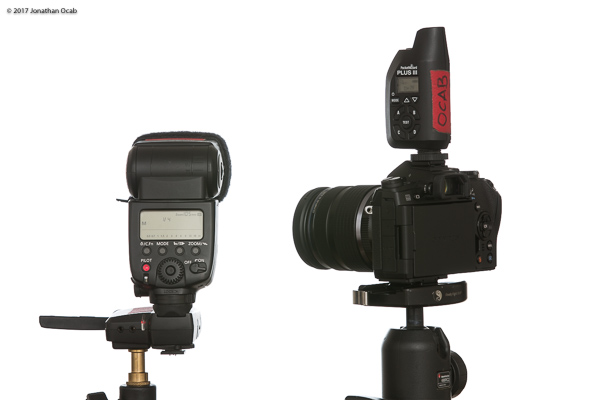
For non-Speedlites (hot shoe flashes), the FlexTT5 can be hooked up with a mono-sync cable, and then triggered by the Olympus with a PocketWizard Plus III on the hotshoe.
I also have Paul C Buff Einstein E640 strobes which have the PocketWizard PowerMC2 receivers.
PocketWizard PowerMC2 receivers are specific to the E640 because it utilizes the port built into the strobe.
The one thing I like about having a PocketWizard Plus III is that you can run it on the hotshoe of a camera without a PC sync port, and connect directly to a flash via a mono-sync cable. Of course, you could just put a receiver on that flash unit and trigger wirelessly, but one situation I would utilize this solution would be with a ring flash.
Note: The Olympus OM-D E-M1 Mark II does have a built-in PC sync port. This is only meant for visual aid. The Olympus OM-D E-M10 Mark II is one example of a camera without a PC sync port.
The above example shows the Paul C Buff ABR800 ring flash triggered by the PocketWizard Plus III on the hotshoe of the camera via mono-sync cable.
Of course, if your camera has a built-in PC sync port, then you can wire directly from the camera to the strobe.
Then if you have been following my recent Micro Four Thirds related posts, you know that I also have the Elinchrom EL-Skyport Plus HS transmitter for Olympus which triggers the Skyport receiver unit built into the Elinchrom D-Lite RX 4.
I am not sure why Elinchrom still states the version is specifically “For Olympus” when it supports some Panasonic Micro Four Thirds cameras.
Note that these are just examples of my own off-camera flash methods with Olympus Micro Four Thirds. I do not own any Olympus flash units, nor any native Micro Four Thirds hot shoe flashes.
I do not anticipate buying any because I prefer the modifier options I have with larger flash units / strobes. Not to mention the fact that hot shoe flashes can be just as, if not more expensive than monolights, makes me gravitate towards just investing in large flash.
Although, I may buy at least one hotshoe flash for the MFT platform with TTL and HSS capabilities just for those times when I need basic fill and cannot setup a light.

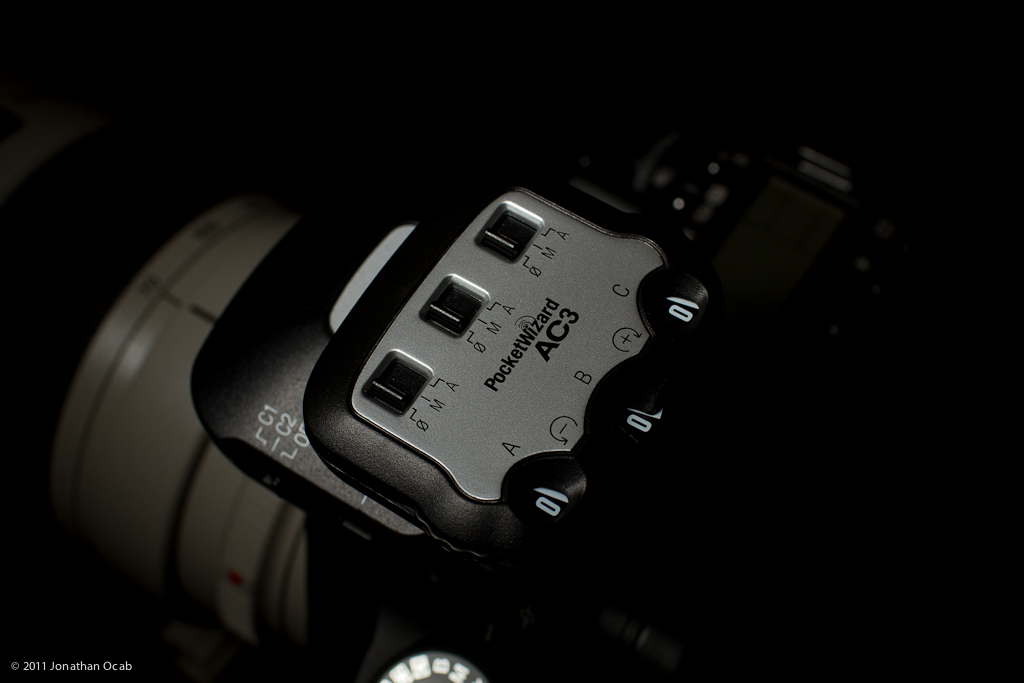
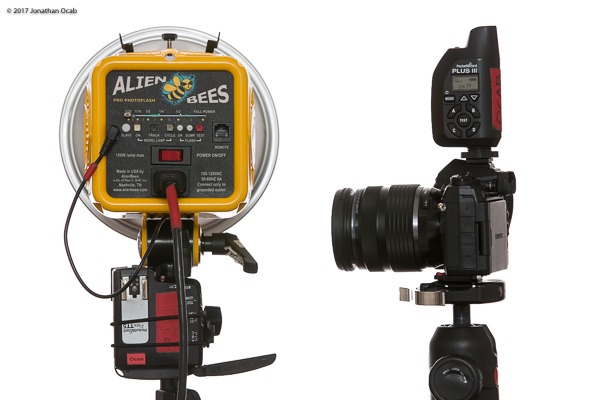
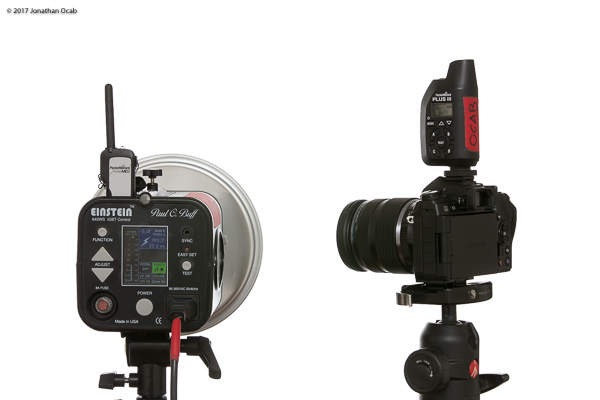
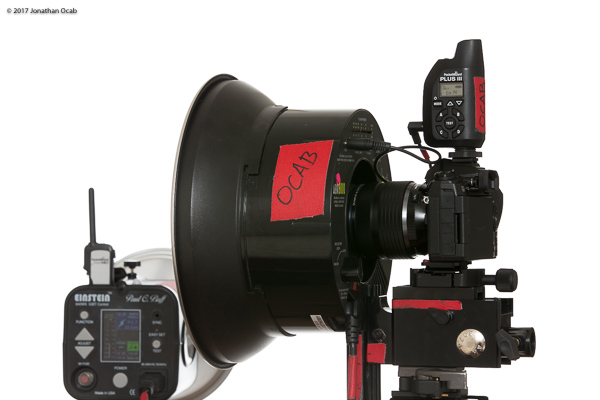
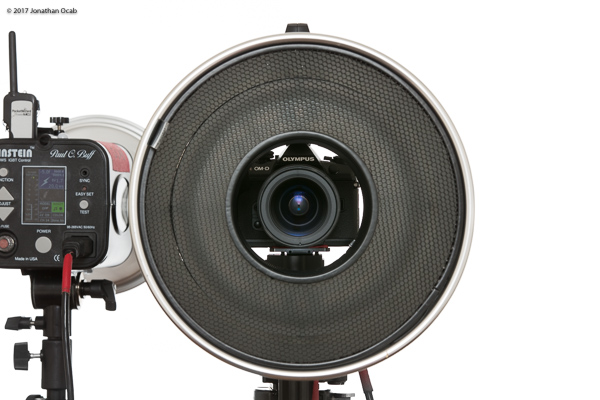
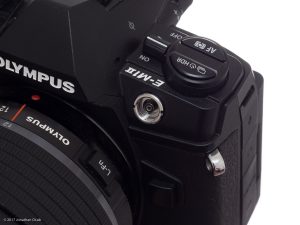
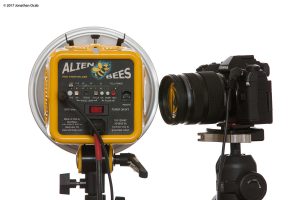
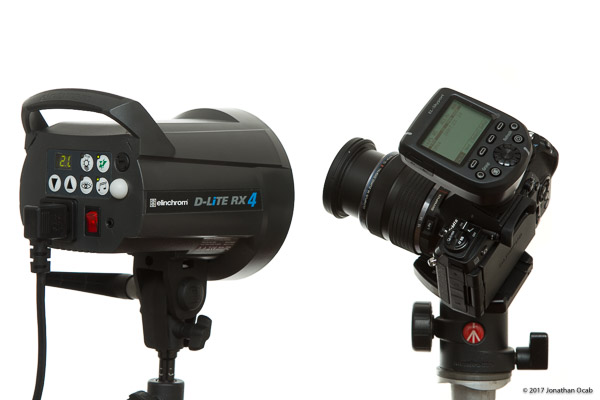
John
Jonathon, Do you think the Pocket Wizard III Plus would be a good option for me with a GH5? I found a good deal on some and was wondering.
ocabj
The PWIII will work, but it all depends on your lights and triggering requirements. You may be able to get away with less expensive Yongnuo triggers.
John
Thanks, It’s all kinda new to me. I used to just use the optical trigger using the internal flash of my GH cams, but the GH5 doesn’t have a flash so I’m researching other options. I just found your site and it’s fantastic by the way. We share some of the same interests!!! :)